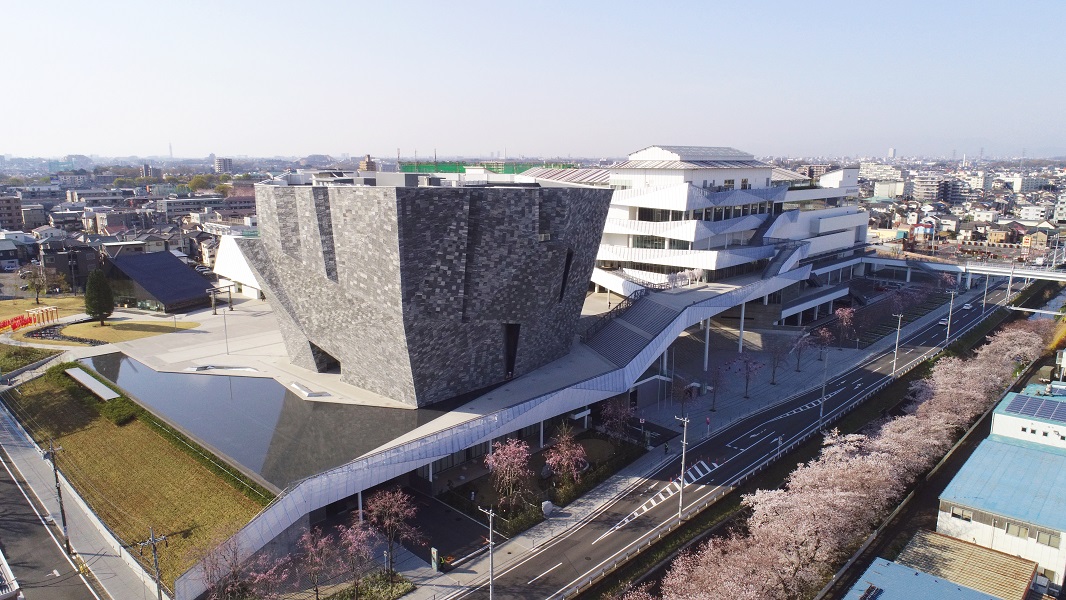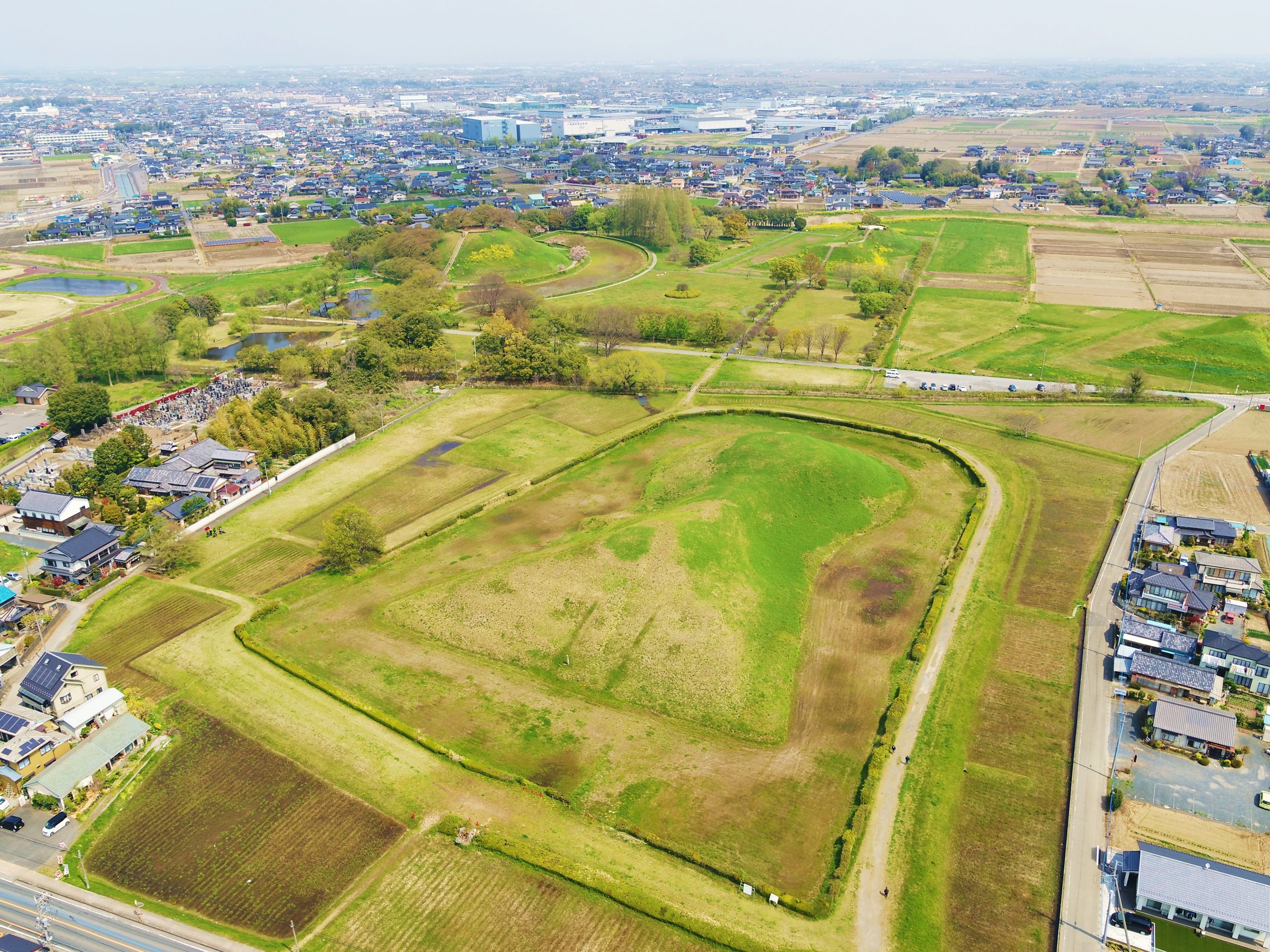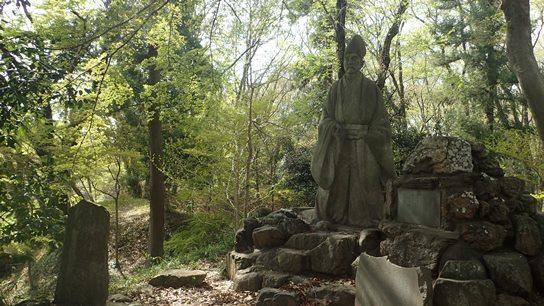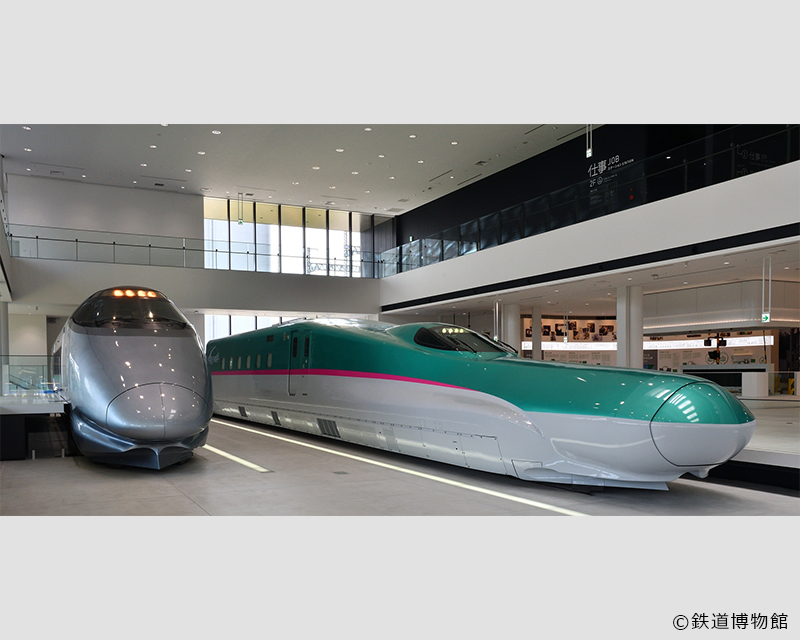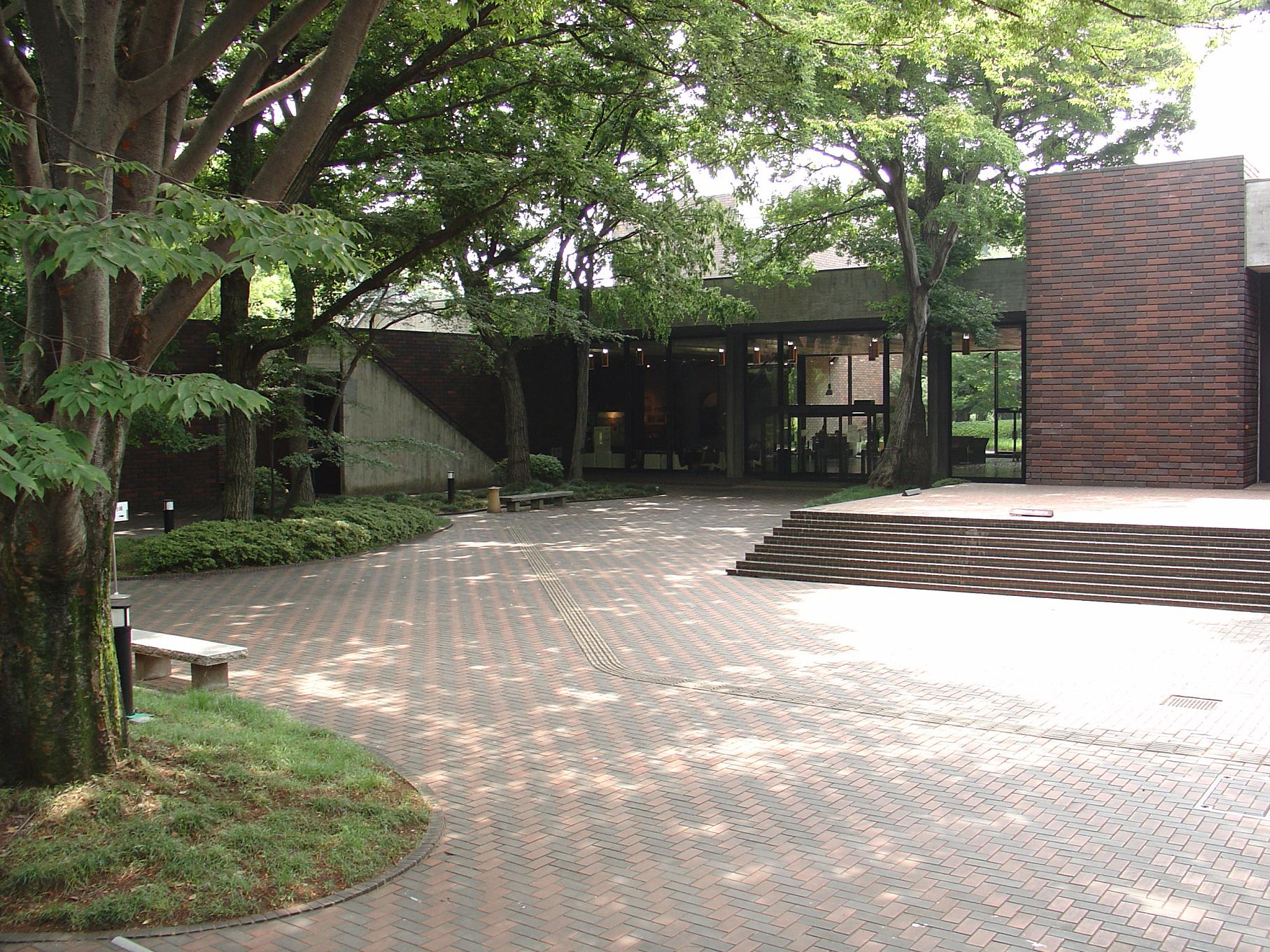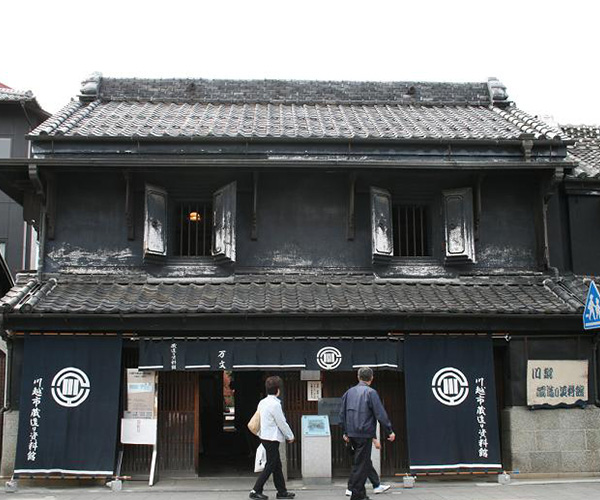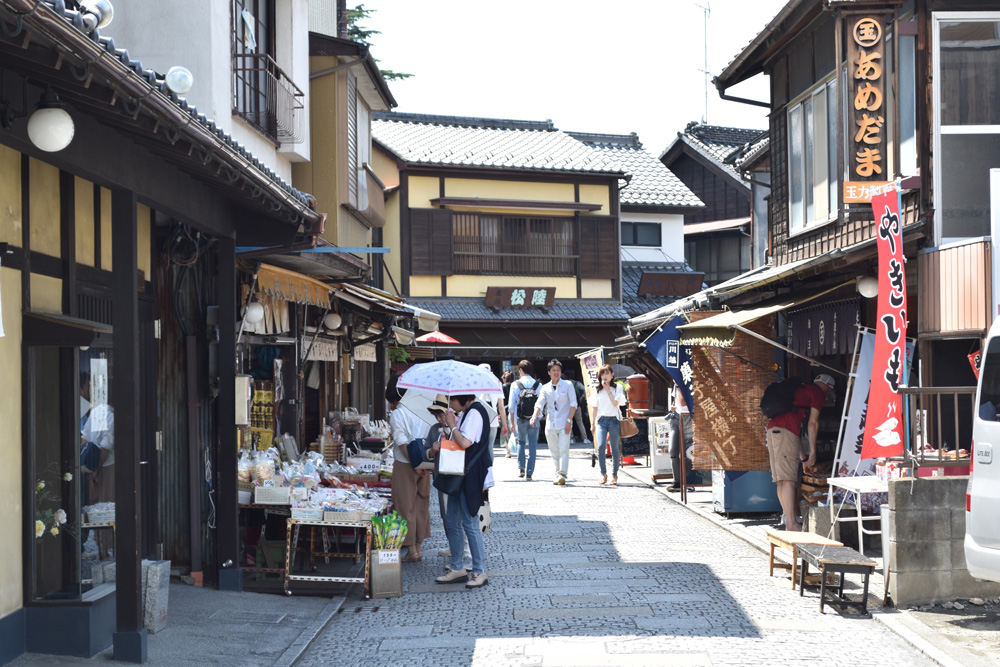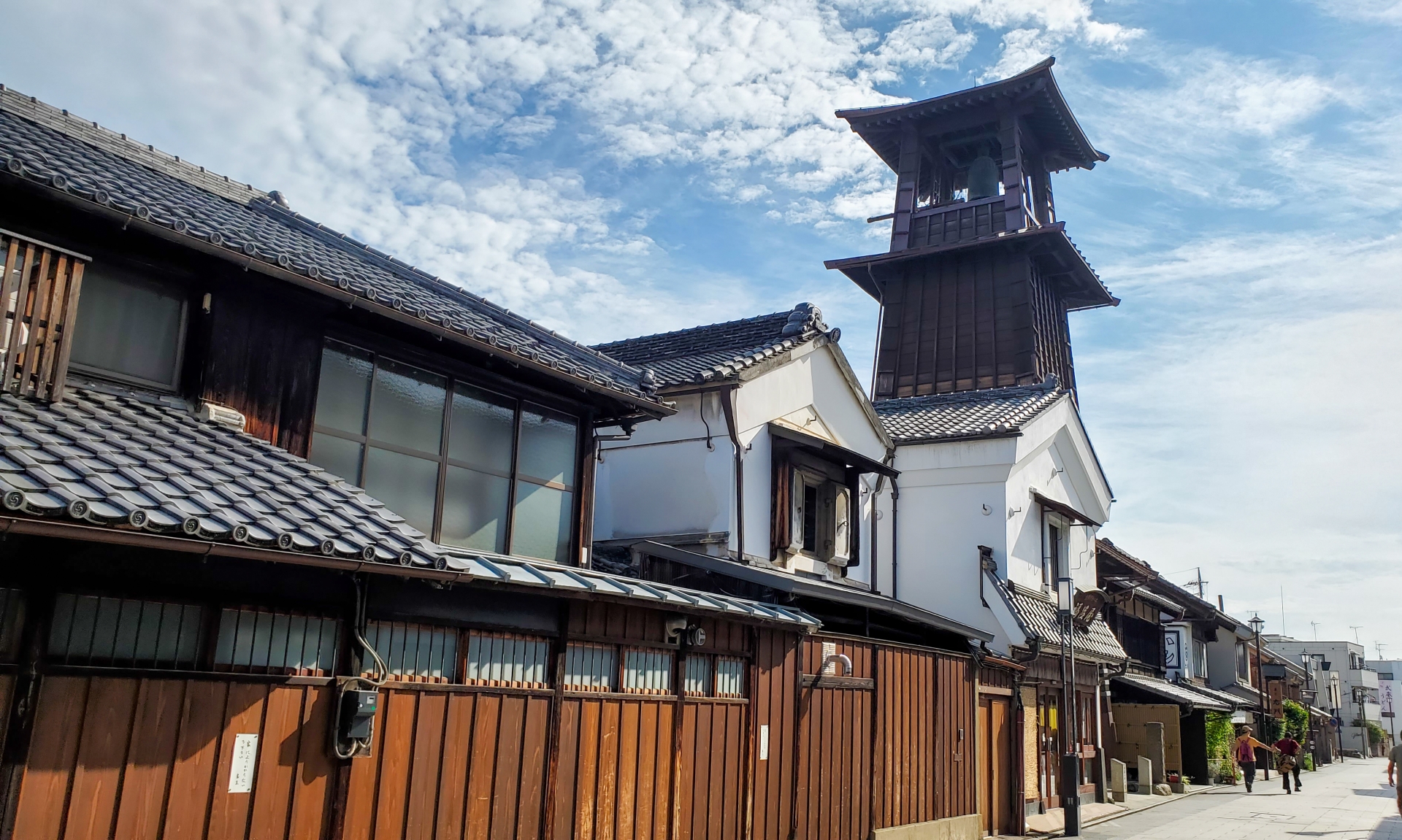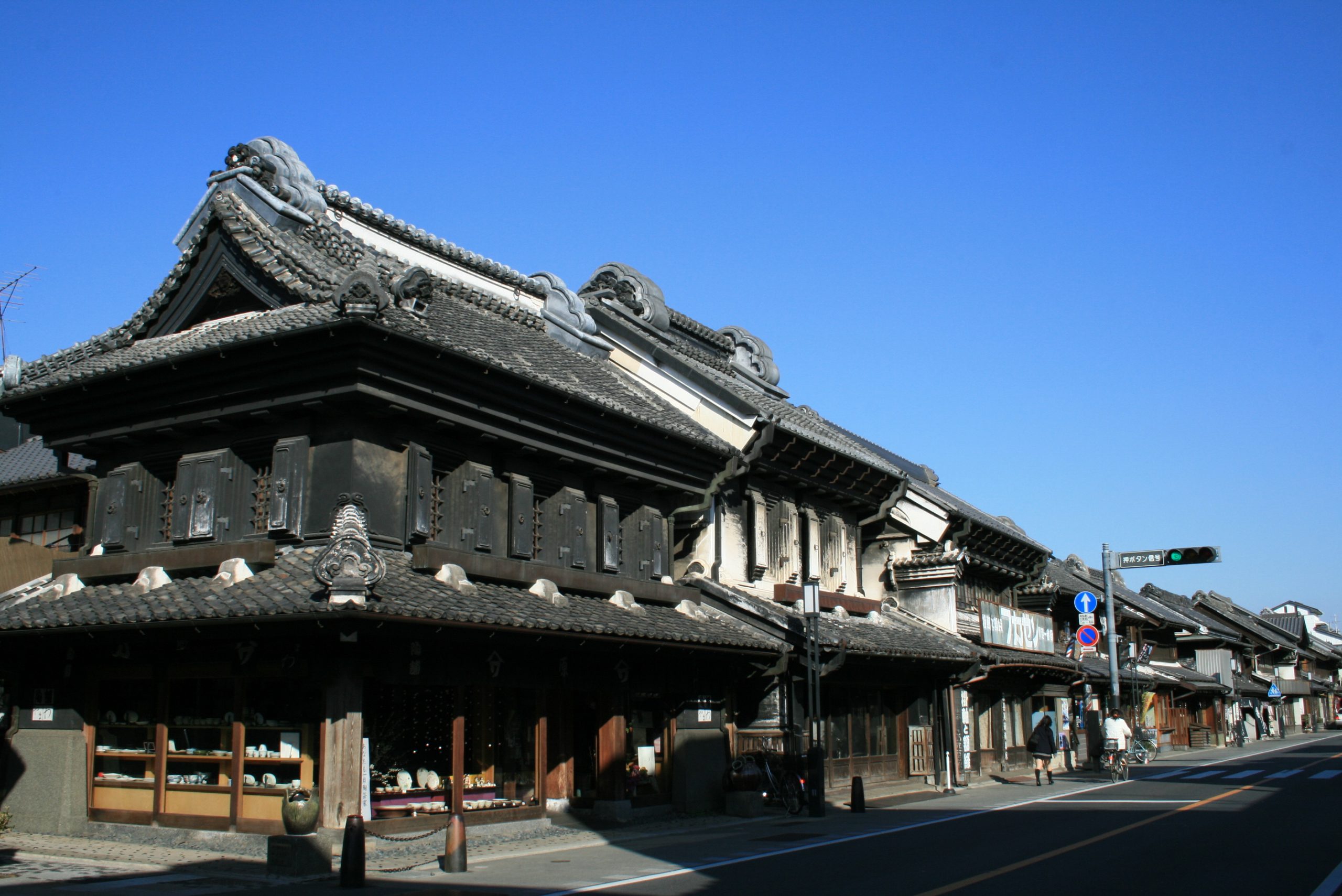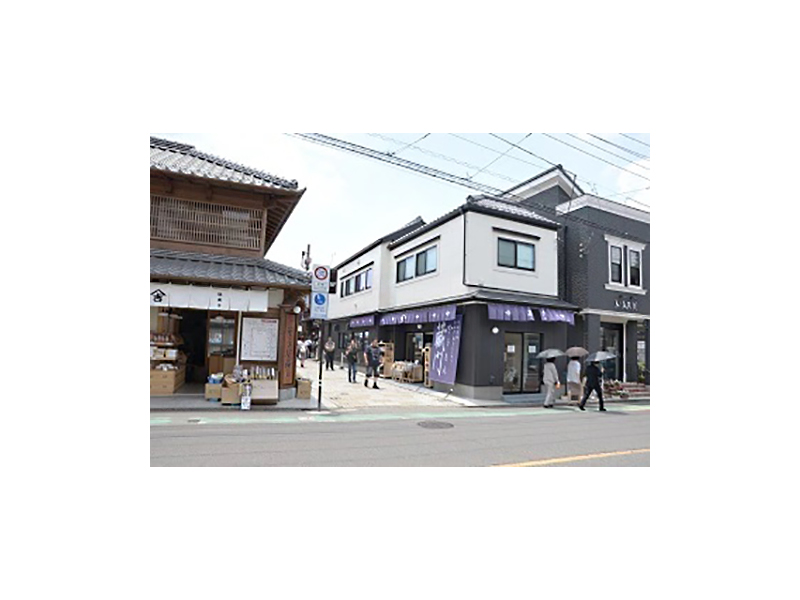Kawagoe Festival Hall
sightseeing
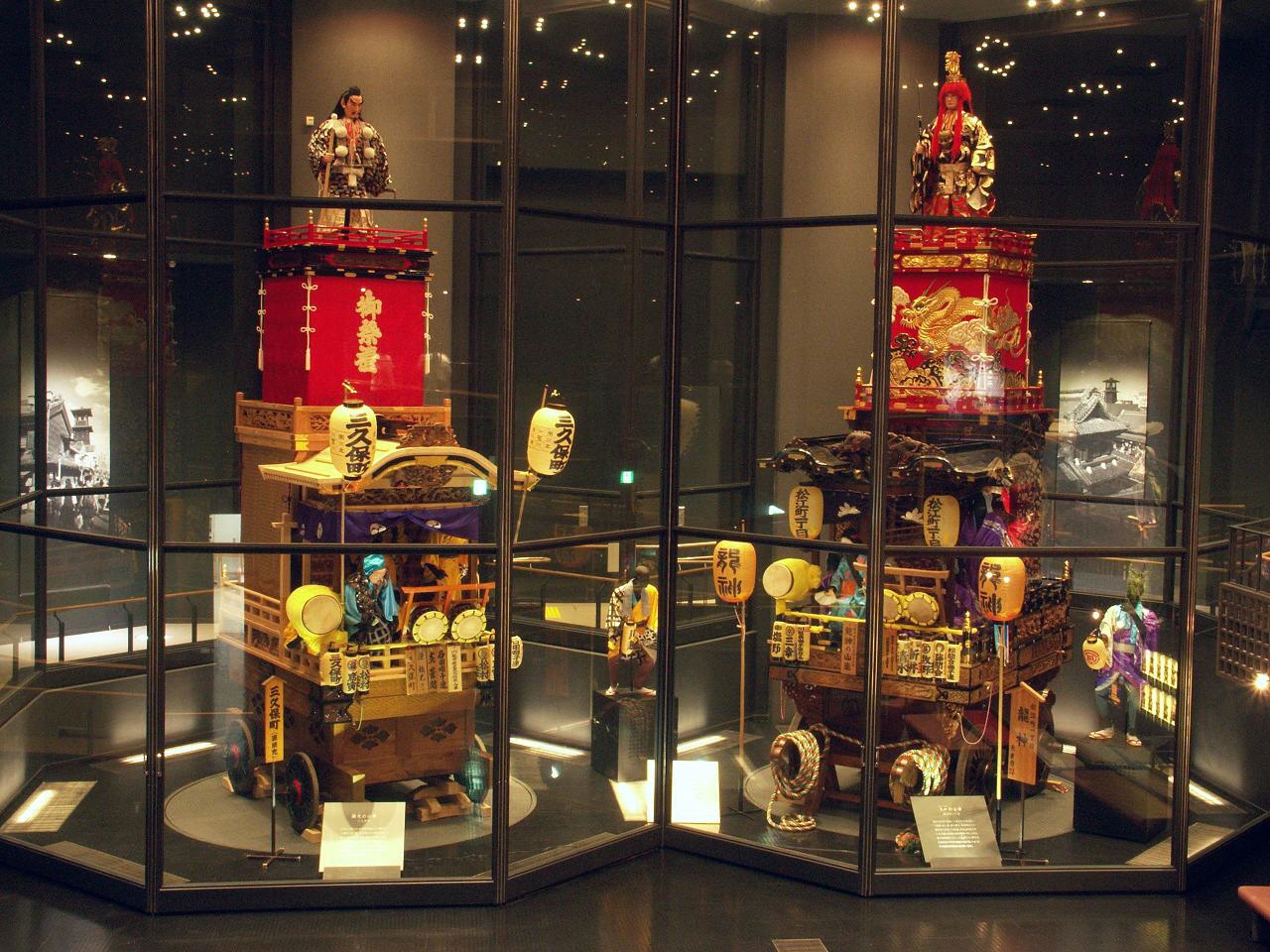
The two authentic Dashis (festival cars) pulled at the Kawagoe Festival are on display along with materials related to the Kawagoe Festival. At this exhibition hall, the powerful atmosphere of the Kawagoe Festival can be experienced all year round. There is also a regular demonstration of musical accompaniment (about 20 minutes).
Basic Information
Location
Kawagoe Motomachi 2-1-10
TEL
049-225-2727
FAX
049-227-5001
Business hours / Fee
Business hours
(April-September) 9: 30 ~ 18: 30 (Admission until 18:00)
(October-March) 9: 30 ~ 17: 30 (Admission until 17:00)
(October-March) 9: 30 ~ 17: 30 (Admission until 17:00)
Regular holiday
・The second and fourth Wednesday of each month (In case of a holiday, the following day of the holiday)
・December 29th to January 1st
・Temporarily Closed Days
・December 29th to January 1st
・Temporarily Closed Days
Fee
General 300 yen (Group 240 yen) / Elementary Middle School Students 100 yen (Group 80 yen) ※Group fees are for groups with 20 people or more
How to get there
Public transport
Get off at “Honkawagoe Station” of Seibu Shinjuku Line and walk for 15 minutes
Car
About 15 minutes from "Kawagoe" Interchange of Kan-Etsu Expressway
Parking
Free: Yes
Fee: Bus: 2 spaces (※Reservation Required)
Fee: Bus: 2 spaces (※Reservation Required)
Other
Internet Wi-Fi
〇
Universal design
General / Wheelchair Shared Elevator
〇
Floor with handrail
〇
Stairs with handrail
〇
Wheelchair parking
〇
Breastfeeding room
〇

